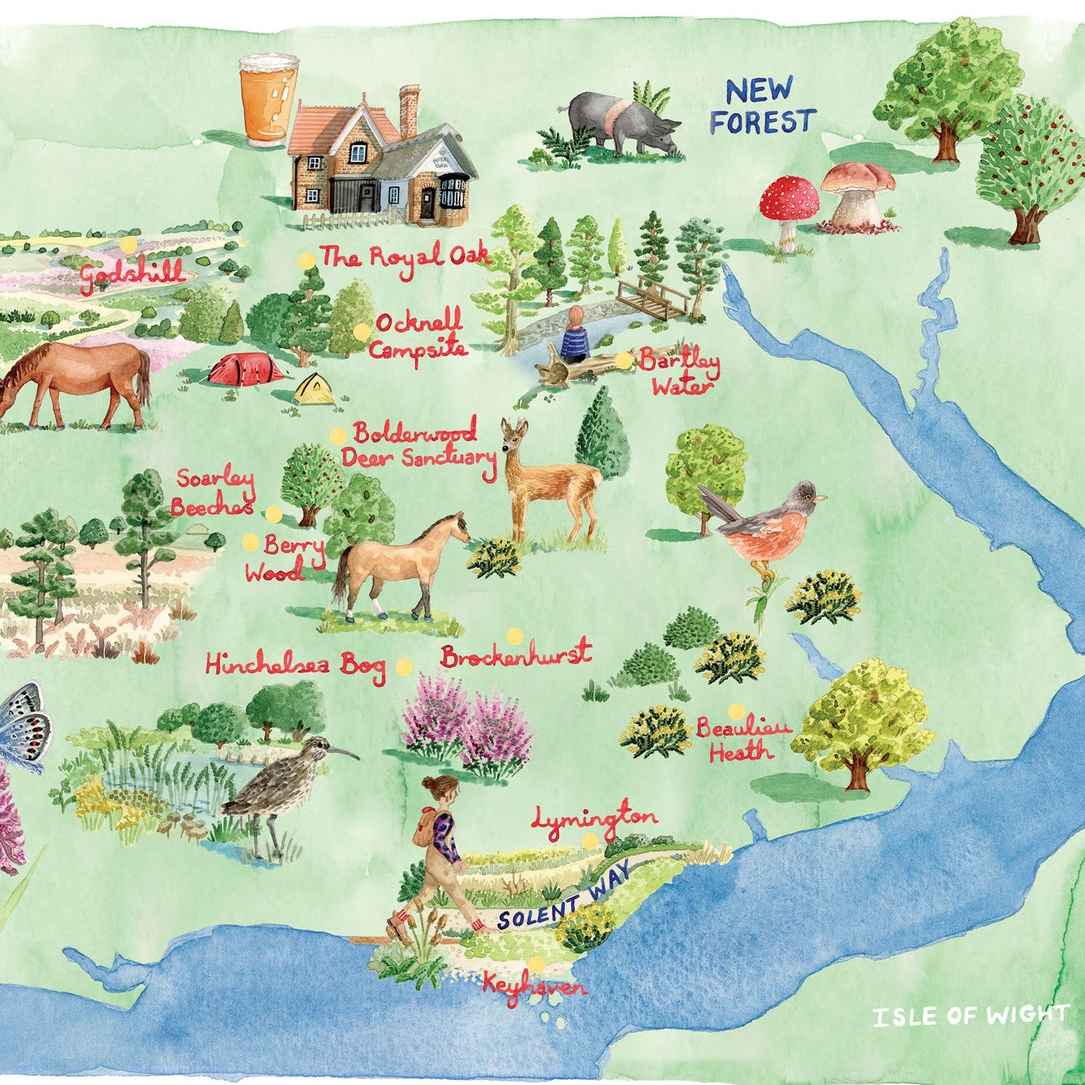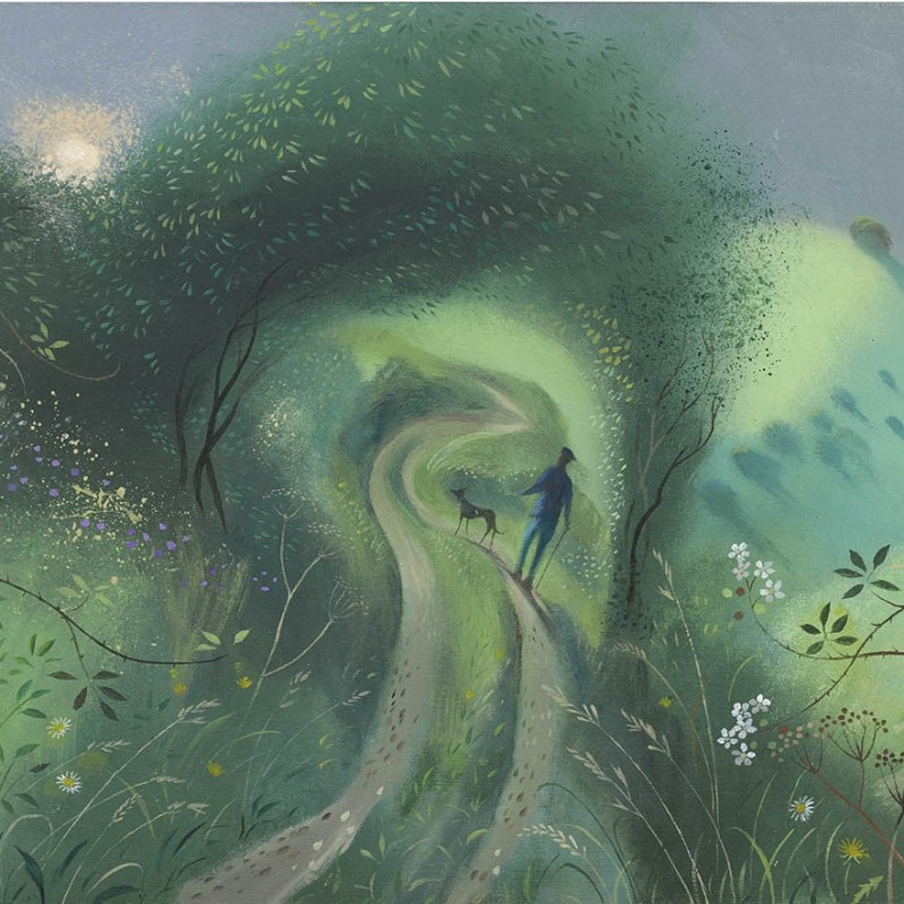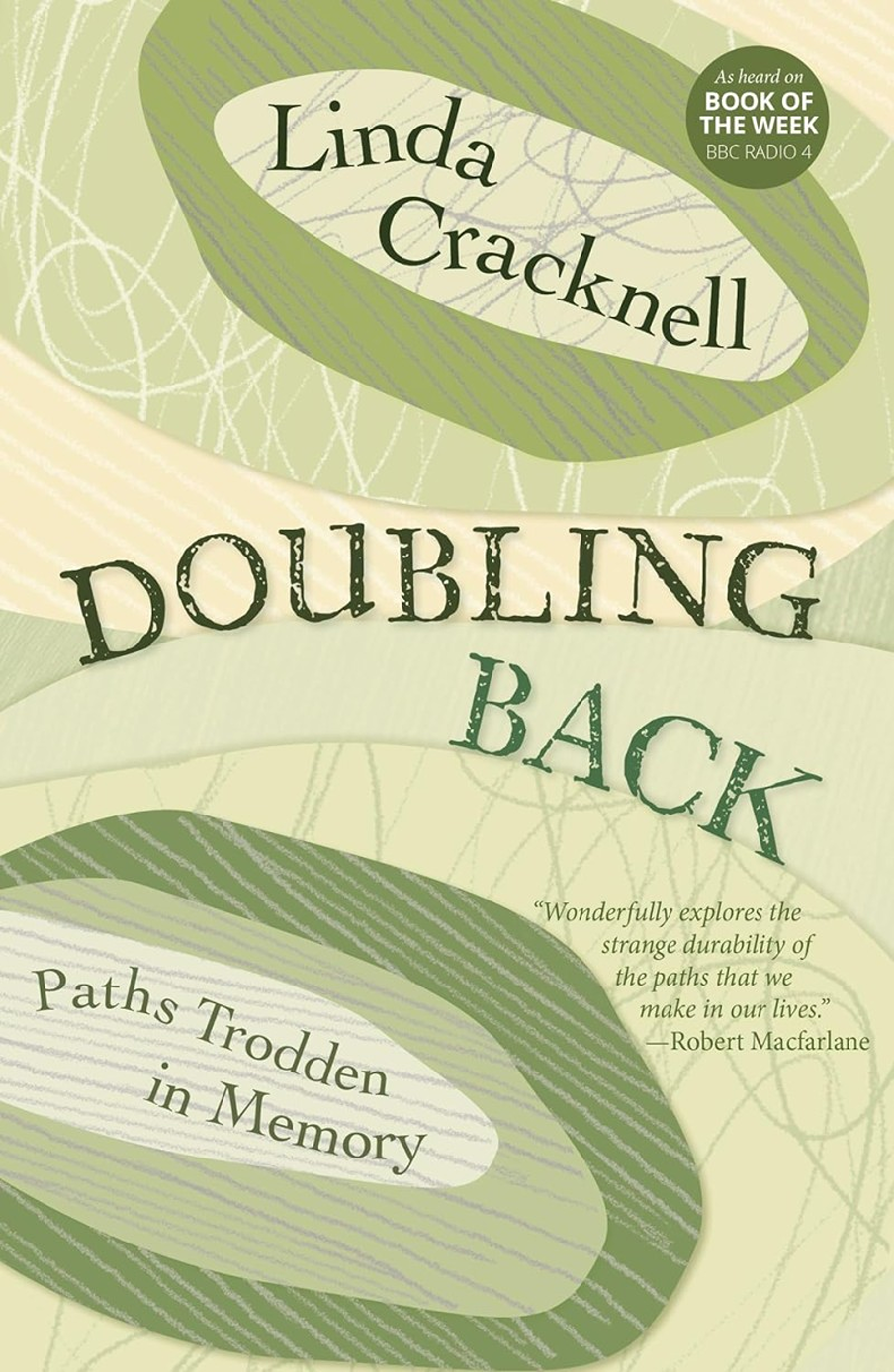The History and Importance of Oak Trees
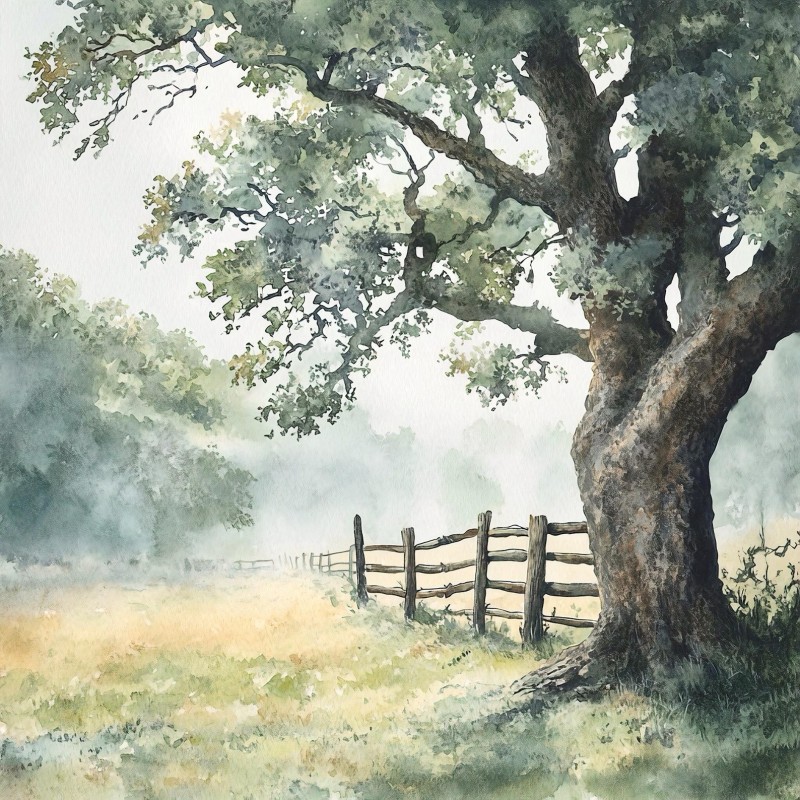
Few trees capture the English spirit quite like the oak. These mighty giants have stood for centuries, shaping the countryside, inspiring stories, and supporting entire webs of wildlife.
Whether you’re rambling through ancient woodland or spotting a lone tree in a field, the presence of an oak usually means there’s a rich story close by.
Oak trees are beautiful and help many birds and wildlife, but are not safe near pets (including conkers), horses or livestock. Learn more on pet-friendly gardening and wildlife-friendly gardening.
Learn more of trees to avoid near horses (including oak, yew and sycamore).
Oak trees have touched every part of English life. Knights took shelter beneath them. Poets wrote about their strength. Wild creatures build homes in their branches and hollows.
To walk amongst oaks is to step into a living past—one that still shapes England today.
The Two Main Species of Oak Trees
The English countryside houses two main species of oak tree:
Pedunculate oaks are easy to spot. Their acorns dangle on long stalks, or “peduncles”, and their leaves have short stalks. These trees grow wide, rounded crowns and sturdy, twisting branches. They’re a classic sight in parks and fields.
Sessile oaks flip those features. Their acorns sit right on the branches (no stalks), while their leaves have longer stalks. These trees like hillier, lighter soils and tend to grow a bit taller and straighter than their pedunculate cousins.
Both species are tough. England’s gentle rains and mild seasons help them thrive. Owing to their long lifespans (some live for over 1000 years), both become grand landmarks, shaping both the view and the local wildlife.
Many of England’s oldest trees are oaks.
The Bowthorpe Oak in Lincolnshire is a true local landmark. With a massive trunk that’s over 13 metres around, it looks like something from a fairy tale. Experts believe it could be 1,000 years old.
For centuries, people have gathered under its boughs. The hollow inside the trunk has hosted meetings, parties, and even the odd wedding. Locals treat it like an old friend, visiting regularly to see how it’s holding up.
Other ancient oak trees are Marton Oak (Cheshire) and King Offa’s Oak (Windsor). Both of these are sadly in their dying days, with much of the wood split (they are both on private land, so cannot be viewed by the public).
Queen Elizabeth Oak Tree in Greenwich is believed to be over 800 years old (named after Queen Elizabeth I, not our recently deceased monarch). It’s believed that she may have rested here, when visiting the park.
The Royal Oak Tree (Richmond Park) has seen a lot of monarchs come and go, standing quietly as history passes through. The oak tree has also played an important part in nature, by giving homes to birds, insects and small mammals for centuries.
This is a big old tree that many believe may be the oldest tree in London (at least 750 years old). Again, monarchs would visit here many moons ago.
Birds love this tree, as do resident deer in Richmond Park. It’s lovingly looked after by park staff, to ensure it remains a peaceful oasis, for the rest of its life.
Ecological Importance of Oak Trees
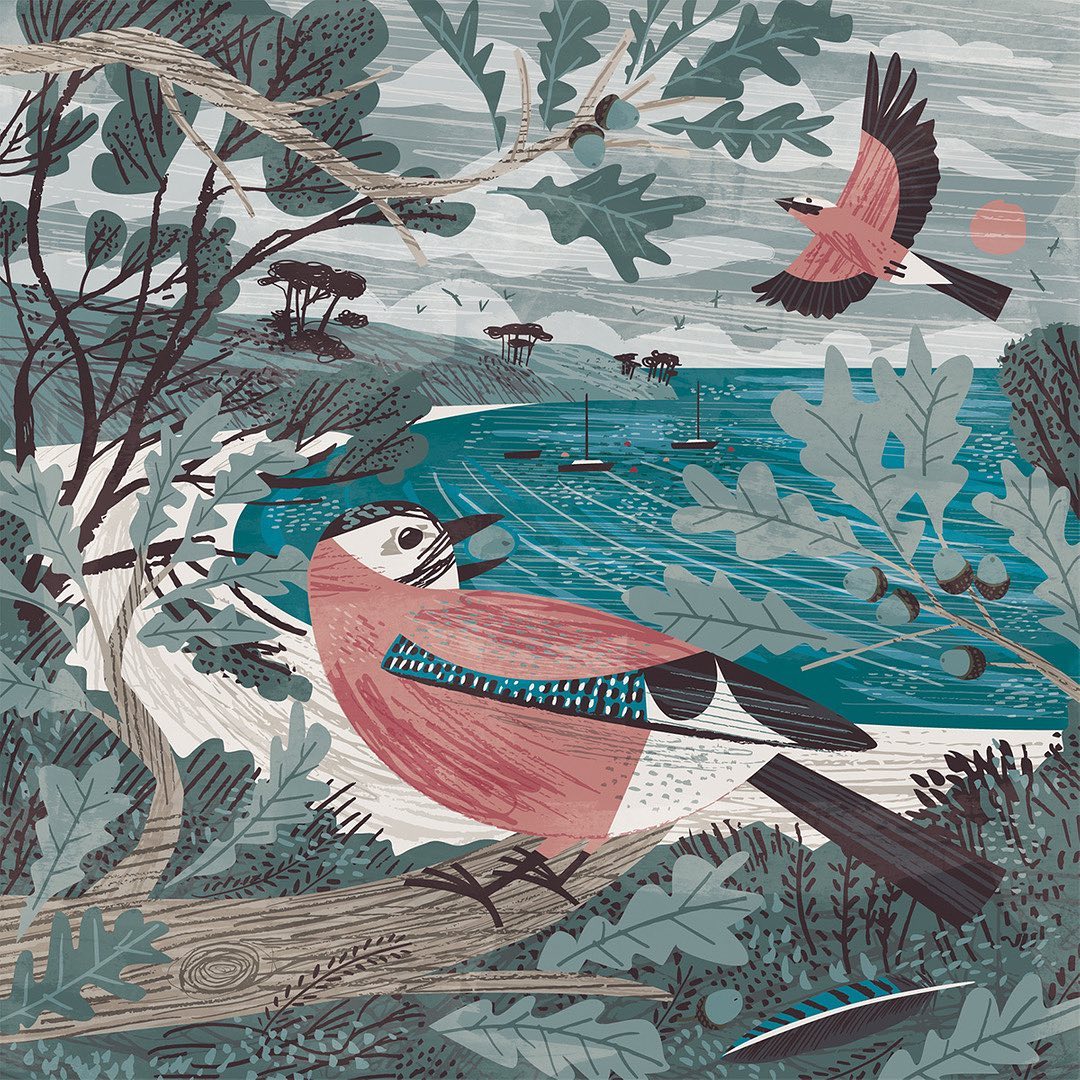
Oaks serve as cornerstones for British woodlands. An ancient oak can host up to 2,300 different species, more than any other native tree.
- Insects: Hundreds of beetles, moths, and butterflies rely on oak leaves, bark, and deadwood.
- Birds: Blue tits, woodpeckers, and jays nest in cavities or feast on abundant insect life.
- Mammals: Squirrels cache acorns, while bats roost in hollow trunks.
- Fungi and mosses: Decaying wood and shaded roots provide a home to rare fungi, lichens, and mosses.
Each oak forms a mini-ecosystem, offering food and shelter through every season. Losing oaks means losing many other plants and animals along with them.
Sherwood Oak (in Sherwood Forest)
Sherwood Forest, known for its ties to Robin Hood is home to Major Oak, an ancient tree that draws thousands of visitors each year.
Its canopy that spreads over over 28 metres and a trunk diameter measuring nearly 11 metres, it dwarfs all surrounding trees. Experts estimate that Major Oak is 800 to 1000 years old, with stories saying that Robin and his merry mend used it as a hideout.
Today, a system of wooden and steel supports props up its heavy branches, keeping the ancient tree safe for future visitors to enjoy.
Not only is the Major Oak a wonder of nature, but it’s also a vital haven for wildlife. Owls, bats, beetles, and many rare insects call it and its nooks home. Including the rare diamond-backed spider—known for its striking marks—calls the old woodland home. As do 1500 species of beetles.
It’s known Robin Hood went to Mass. Lincolnshire Cathedral manuscript writes
‘Robyn hode in scherewode stod’ (which magazine Beano translates as old-timey for ‘Robin Hood in Sherwood Stood’)
Other ancient oaks mark boundary lines, and sacred sites. Many have titles of their own—The Bowthorpe Oak, the Birmingham Toll Oak—reminders that these trees aren’t just part of the scenery. They’re living relics and characters in local folklore.
Threats and Conservation Efforts
Oaks now face real threats. Acute oak decline, a disease that attacks the trunk, weakens many old trees. Climate change brings hotter, drier spells, and unpredictable storms.
Loss of ancient woodland to farming or development means fewer places for oaks to thrive. Every lost tree takes its community of wildlife with it.
Conservation groups and landowners work hard to plant native oaks, care for ancient woodlands, and fight disease. Some projects reconnect old woods and plant “future ancient trees” to give wildlife new hope.
Keep away from grey/white caterpillars (oak processionary moths that cause allergies and breathing difficulties – contact a doctor/vet if in contact).
Cordon off affected trees from livestock and horses. Mostly found in London in warm weather, report to council and Treealert.
Adventures in a World of Extraordinary Trees
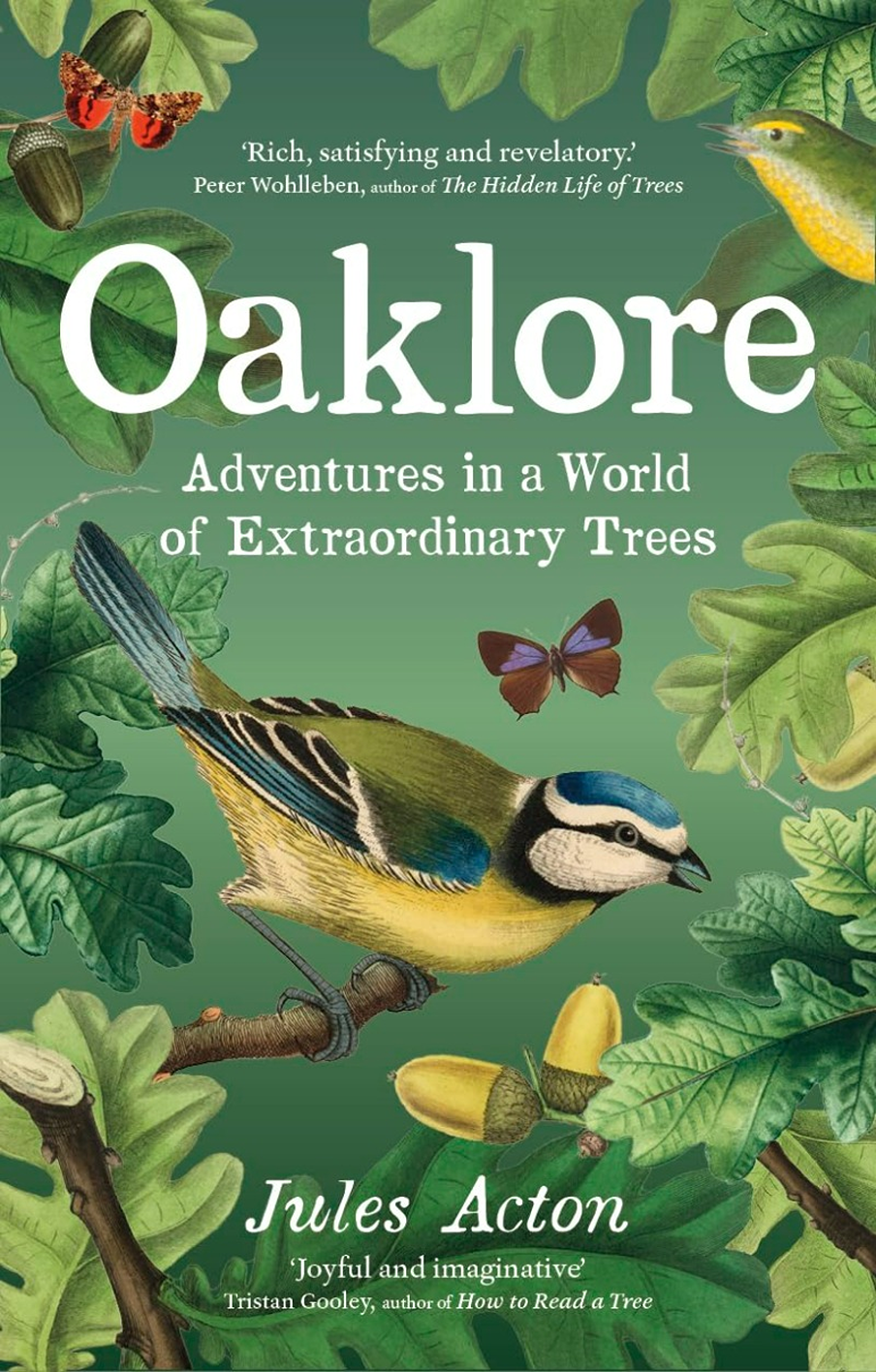
Oaklores: Adventures in a World of Extraordinary Trees is a wonderful introduction to our majestic oak tree. What Robin Hood, the history of ink, fungi and Shakespeare? The author explores the history of the ‘king of the woods’.
From a source of food and shelter to its use in literature, the oak tree’s role is an essential ingredient in ink (and in mythology across the British Isles).
Meet trees along the way like Sherwood Forest’s Medusa Oak or the gargantuan Marton Oak in Cheshire. Join the author on an unforgettable journey through the tangled roots of the oak’s story and that of our country itself.
The author’s surname (Action) actually means ‘oak town!’ And she lives near Robin Hood’s former home of Sherwood Forest!
The Legacy of an Old Sick Oak Tree
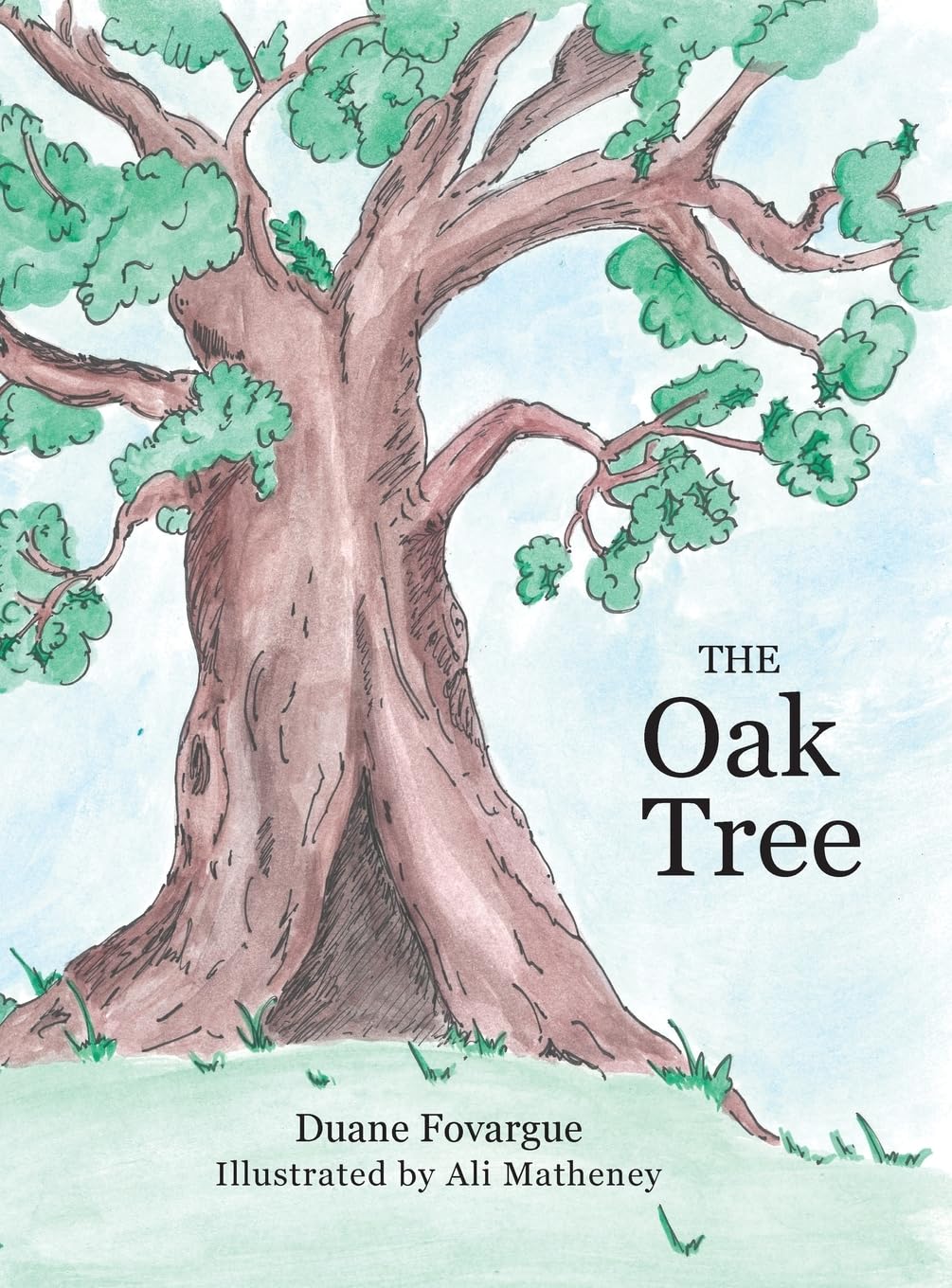
The Oak Tree is a lovely children’s story, about an old oak tree, that learns it has an incurable disease. This tree feels it did not do anything good in its life, and is a failure.
But then the forest animals all tell the tree, what it has done for them. How important it is – and how it will leave a legacy that will continue for generations.
Some of the legacies of a dying/dead oak tree include:
- Deadwood from branches, stumps and fallen trees provide homes for insects, birds, mammals and fungi.
- Fallen limbs and rooting wood support invertebrates and decomposers.
- Flaking bark and decaying canopy provide habitats for insects and fungi.
- Decaying wood returns essential nutrients to the soil, which benefits other plants.

